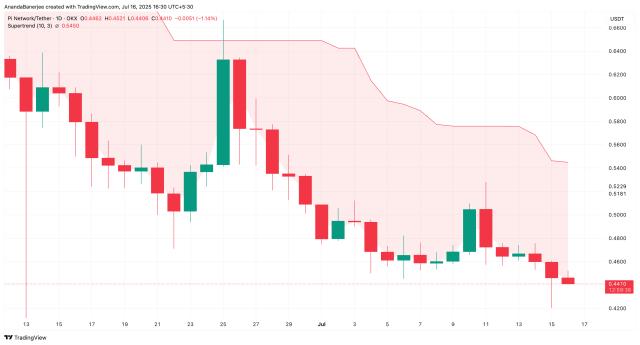From WLFI to Pumpfun to Plasma, the IDO public offerings in the bull market are getting hotter and hotter.
After Pumpfun ignited the market, the recent focus of market attention is the new stablecoin-specific blockchain - Plasma, jointly invested by stablecoin giant Tether and Silicon Valley legendary investor Peter Thiel.
In just two short months, this project, which has been eagerly invested in by Bitfinex (Tether's parent company), Peter Thiel's Founders Fund, and top-tier capital like Framework, has already raised nearly $27.5 million in funding, with its valuation directly soaring to $500 million.
Why has Plasma quickly become a market darling?
Before the public offering launch, the Plasma team released a rigorous and clear set of participation rules. To participate in the XPL public offering, users must first deposit stablecoins such as USDT, USDC, DAI, or USDS into the official vault on the Ethereum mainnet.
The earlier and longer you deposit, the more "unit value" your account will accumulate, which determines how many XPL you can buy later.
Therefore, when the official previously released the governance token XPL quota and allowed users to deposit liquidity, the first batch of $500 million was snatched up in just a few minutes, and the additional $500 million deposit limit was sold out within 30 minutes. Even more incredibly, some large investors directly spent $100,000 in gas fees on the Ethereum mainnet to grab a spot.
So what is special about Plasma?
Plasma's uniqueness lies in using the Bitcoin mainnet as the final settlement layer, inheriting the security of the UTXO model, while being fully compatible with the Ethereum Virtual Machine (EVM) at the execution layer, ensuring seamless migration of smart contracts.
Most importantly, all transactions on the Plasma chain can be directly paid with USDT for gas, and ordinary USDT transfers are completely free.
Besides the fee advantage, Plasma also has two important features: first, native privacy function, where chain transactions are publicly visible by default, but users can simply check to hide address and amount information, and selectively disclose when needed; second, Bitcoin liquidity, where Plasma introduces BTC to the chain through permissionless bridging technology, combined with Tether's own dollar depth pool, enabling low-slippage exchange and BTC-collateralized stablecoin lending.
How much more can Plasma earn for Tether in a year?
(The translation continues in the same manner for the rest of the text, maintaining the specified translations for technical terms.)From a compliance perspective, all users participating in the public sale must complete a strict KYC review on the Sonar platform, including users with existing Echo accounts. US users must provide accredited investor certification, and the subscribed XPL Tokens will be additionally locked for 12 months after the public sale; users from regions such as the United Kingdom, China, Russia, Cuba, Iran, Syria, North Korea, and Ukraine will not be able to participate in this public offering.
The deposited stablecoin assets will first be exchanged 1:1 into USDT by whitelisted market makers on the Ethereum mainnet, and then safely transferred to the Plasma network using LayerZero cross-chain bridge technology, stored as USD₮ 0. After the mainnet Beta phase is launched, users can withdraw their principal and all accumulated earnings during the period, with a withdrawal process that is transparent and swift, generally not exceeding 48 hours. During this period, the deposit receipt tokens held by users are only for internal vouchers, and any transfer behavior will be considered an early withdrawal, and the official strongly recommends that users avoid participating in any DeFi activities with this token.
The vault facility used by Plasma for this public sale is provided by Veda, which is currently widely used and manages assets of over $2.6 billion with secure management. Additionally, all contracts have undergone strict audits by top security audit institutions such as Spearbit and Zellic, and the audit reports will be published before the mainnet Beta goes live, further ensuring fund safety and transparency.
As the public sale date approaches, Plasma's IDO is expected to reignite market enthusiasm, with most participants believing that Plasma will directly compete with TRON in the future and become the new "stablecoin public chain king", which has also generated such high attention for this public sale.





